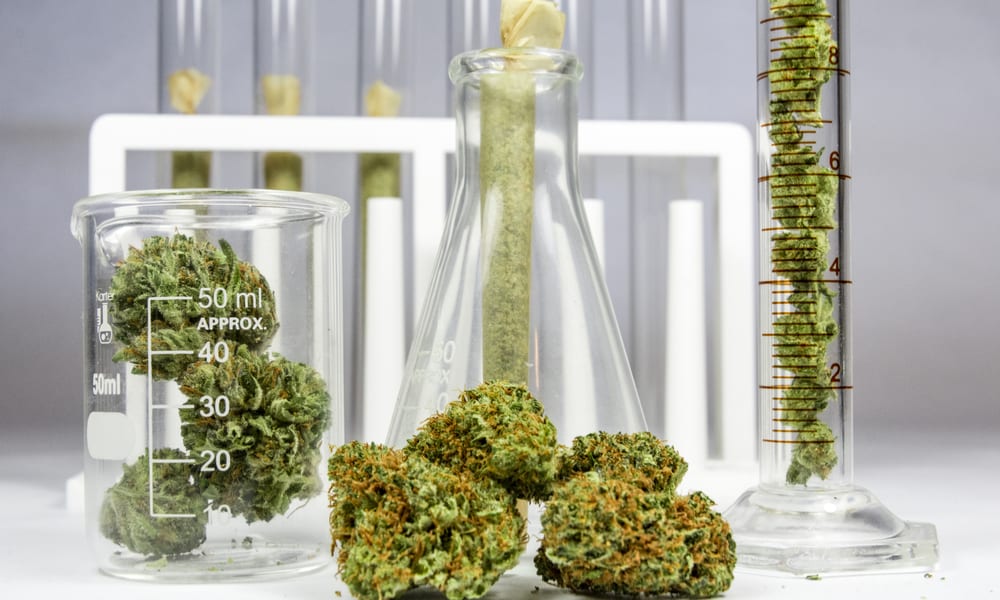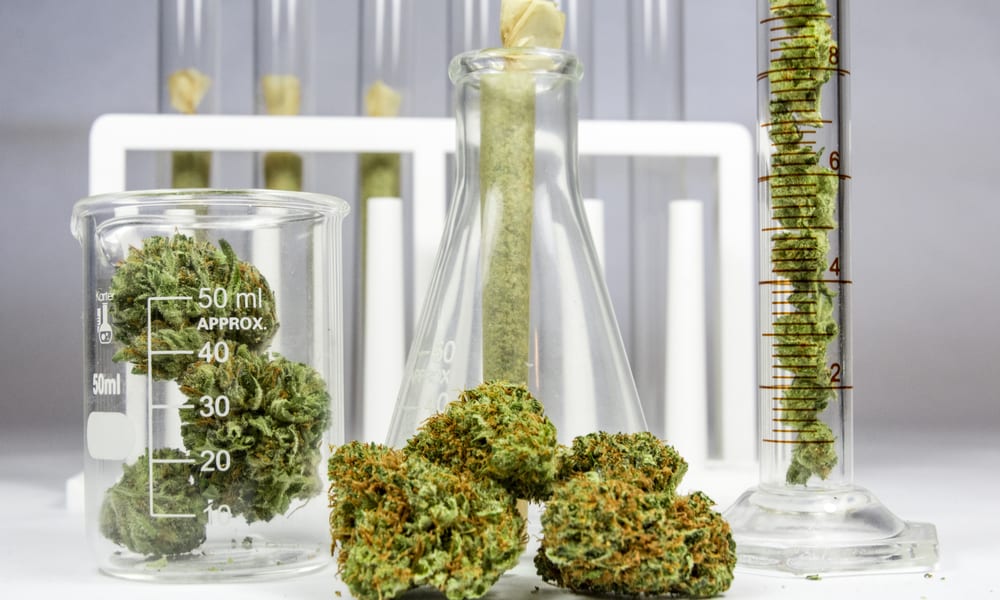
Agriculture technology companies are competing to develop new strains of cannabis plants that can produce consistent cannabinoid levels and thus offer consumers repeatable, predictable effects. The goal is far from new—and likely ancient. Only now, top plant scientists are working toward it in multi-million dollar labs for massive retail cannabis companies, instead of underground breeders and growers.
Not that craft breeders haven’t perfected their craft; indeed, many of today’s most commercially successful strains are the result of efforts to produce high-quality, consistent effects for consumers. But the historic developments in the global cannabis industry have created huge incentive for companies to patent their own strains. And with competition from cannabis extracts and concentrates that offer more predictable effects and a higher degree of control over dosage, the demand for dependable flower is higher than ever.
Scientists Quest After Cannabis’ Holy Grail: Flower With Consistent Cannabinoid Levels
Cannabis sativa is a plant with an incredible variety of smells, tastes, looks and of course, effects. And breeders have always tried to harness that variety to grow strains that bring out a particular feature set, giving rise to the astounding proliferation of cannabis strains that exists today. Growers and retailers try to make sense of all this variety with a kind of ad hoc classification system. If a strain makes you sleepy and relaxes you, call it an indica. If it energizes you and stimulates your perceptions, call it a sativa. Piece together its genetic heritage to come up with a new strain name portmanteaux: Ghost Train Haze, or Thin Mint Girl Scout Cookies.
Variation within a given strain is, however, often greater than variations between them. And that makes much of today’s strain nomenclature meaningless, save for marketing. There’s nothing in the DNA of a particular strain, or in how those genes express themselves in a plant, that relates to its name. For example, a particular breeder’s strain of Lemon Kush might consistently offer the same citrusy flavors and heavy sedation. But another variety at the dispensary down the street could just as well hit a little softer and emphasize more pungent terpenes. As a result, consumers often have no idea just what they’re getting when they buy flower.
For some consumers, inconsistency isn’t a big problem. Others, however, find flower’s lack of predictability disconcerting. Those consumers are moving onto other products, like oils, edibles, tinctures, concentrates and capsules.
Amid Concentrate Craze, Flower’s Future Is Anything But Certain
Market forecasts of the regulated U.S. cannabis industry show consumer trends are coming to a fork in the road. Some consumers are sticking with what they know and smoking traditional flower. But an increasingly large portion of the market is moving toward cannabis concentrates that offer more consistency and discretion. Flower sales aren’t declining, of course; far from it. In fact, BDS Analytics projects an $8.5 billion retail flower market by 2022, representing a compound annual growth rate of 14.8 percent.
But what about flower’s long-term fate? Will smoking weed ultimately become obsolete, surpassed by vape pens, dab rigs and elixirs? Companies like Front Range Biosciences and Phylos Bioscience are employing top plant scientists to make sure that doesn’t happen. These scientists are trying to pioneer new genetic breeding techniques that can develop strains with both consistent and well-defined characteristics. “No one ever knows what they’re getting, and it’s a huge problem,” Mowgli Holmes, chief scientific officer of Phylos, told NBC News. “Often it’s way too strong. It’s Russian roulette. New customers get burned and don’t come back.”











